

It’s time to say goodbye to Windows 8. Support for the RTM (release to manufacturer) version has expired on January 10.
Microsoft’s aggressive tactics to get people onto Windows 10 may have made you resistant to upgrading, but this is not about Windows 10! This is about the end of extended support, which eventually hits all Windows versions, some sooner, some later. This is also about your digital safety, which is in jeopardy, if you’re still running Windows 8 RTM or any other Windows version for which support has expired.
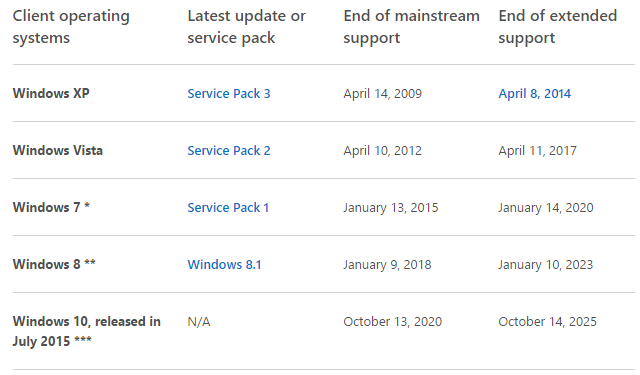
With the General Availability of Windows 8.1, customers on Windows 8 have 2 years, until January 12, 2016, to move to Windows 8.1 in order to remain supported.
Source: Windows 8.1 Support Lifecycle Policy FAQ
Every Windows release has a support lifecycle, even Windows 10, arguably Microsoft’s last Windows version. Throughout this lifecyle, Microsoft supports Windows with updates and service packs. Updates are typically delivered through Windows Update on Patch Tuesday, the second Tuesday of each month. Occasionally, critical security patches are deployed immediately. During the mainstream support phase, Microsoft not only releases maintenance updates, but also continues Windows development and may implement new features.
End of support happens in two stages: end of mainstream support and end of extended support.
End of mainstream support is relatively harmless: A product that has entered extended support won’t receive any new features or improvements. For example, Windows 7 mainstream support ended in January 2015. Consequently, Windows 7 won’t receive support for Direct X 12, which was introduced with the Windows 10 Technical Preview that same month. During extended support, Windows continues to receive security-related updates, such as patches and hotfixes, which keep your system safe and running.
End of extended support is a much more serious affair. It’s the fate that befell Windows XP in April 2014. The operating system itself won’t cease to exist or function, as Windows XP’s impressive 10.93% market share as of December 2015 demonstrates.
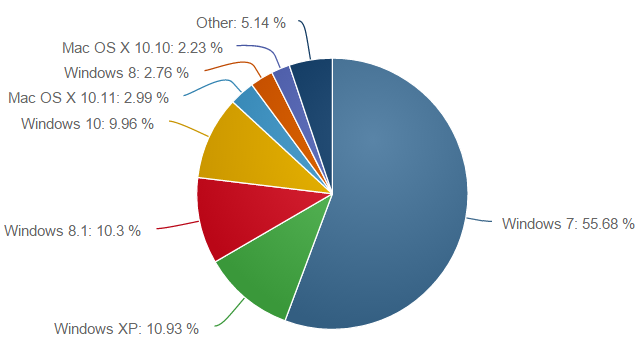
However, once extended support has expired, Microsoft is no longer providing Windows with security-related updates; Windows Update essentially shuts down. This is happening to Windows 8 right now.
To comprehend why it’s not a good idea to run an operating system that is no longer supported, you have to be aware of four things:
Taken together, outdated versions of Windows are boasting with entry points for malware and opportunities for hackers. If you’re using your computer for online banking, email, social media, or if you’re storing sensitive files on it, you’d better bite the bullet and upgrade to a supported version of Windows now.
Essentially, you have two options: upgrade to Windows 8.1 Update, which will be supported until January 2023 or upgrade to Windows 10, for which extended support expires in October 2025. Alternatively, you could leave Windows behind and move to Linux.
This is where it gets messy. Windows 8 RTM is no longer supported, but neither is Windows 8.1. What you actually have to upgrade to is Windows 8.1 Update. Now how do you do that?
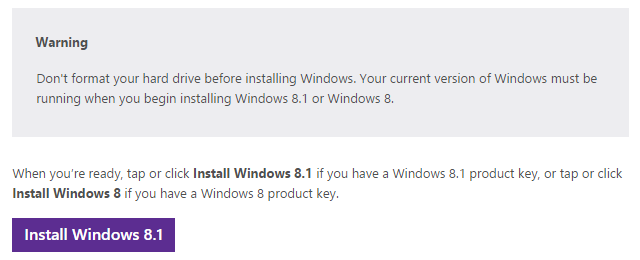
The links above will lead you to articles showing you each step of the respective process.
This is what Microsoft wants you to do and frankly, if your hardware is compatible with Windows 10 and you’re planning on using the computer for a while, this is probably the best long term solution. Upgrade to Windows 10 while it’s free and enjoy the latest features and the safest operating system Microsoft has to offer.
This is how you can do it:

Follow the links above for step-by-step instructions. Note that when you do a clean install, you can take some settings and apps with you and you’ll have to look into Windows 10 activation. Once you’re running Windows 10, be sure to familiarize yourself with the Settings app and control these default Windows 10 settings.
If you’re not eligible for the free upgrade to Windows 10 or if you’d rather buy a Mac, but can’t afford it, Linux is your way out. It’s free, it’s safe, and switching to Linux is much easier to handle than you might think.
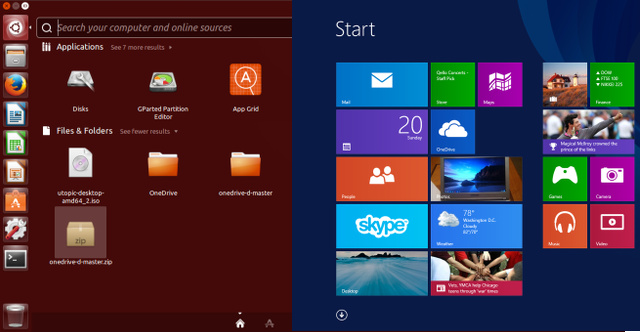
You’ll never be done with updating or upgrading Windows. If anything, updates will become more and more frequent. With Windows 10, we’ve been seeing more rapid and more substantial upgrades. It’s a race for innovation, not only to keep you safe, but also to keep you hooked into the Microsoft ecosystem.
Will you keep up? Which version of Windows are you on and what is keeping you there? If your Windows version is no longer supported, how are you keeping yourself safe? Share with us in the comments!

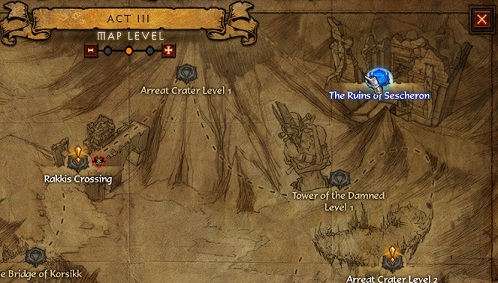
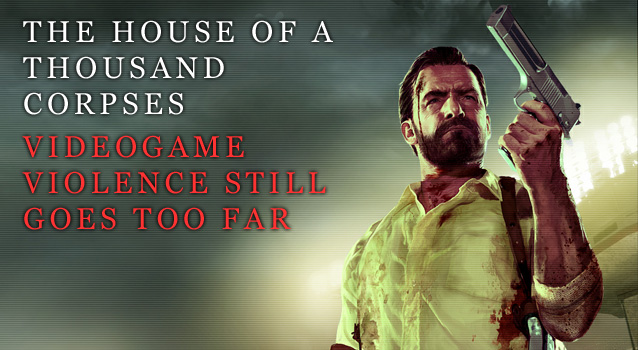

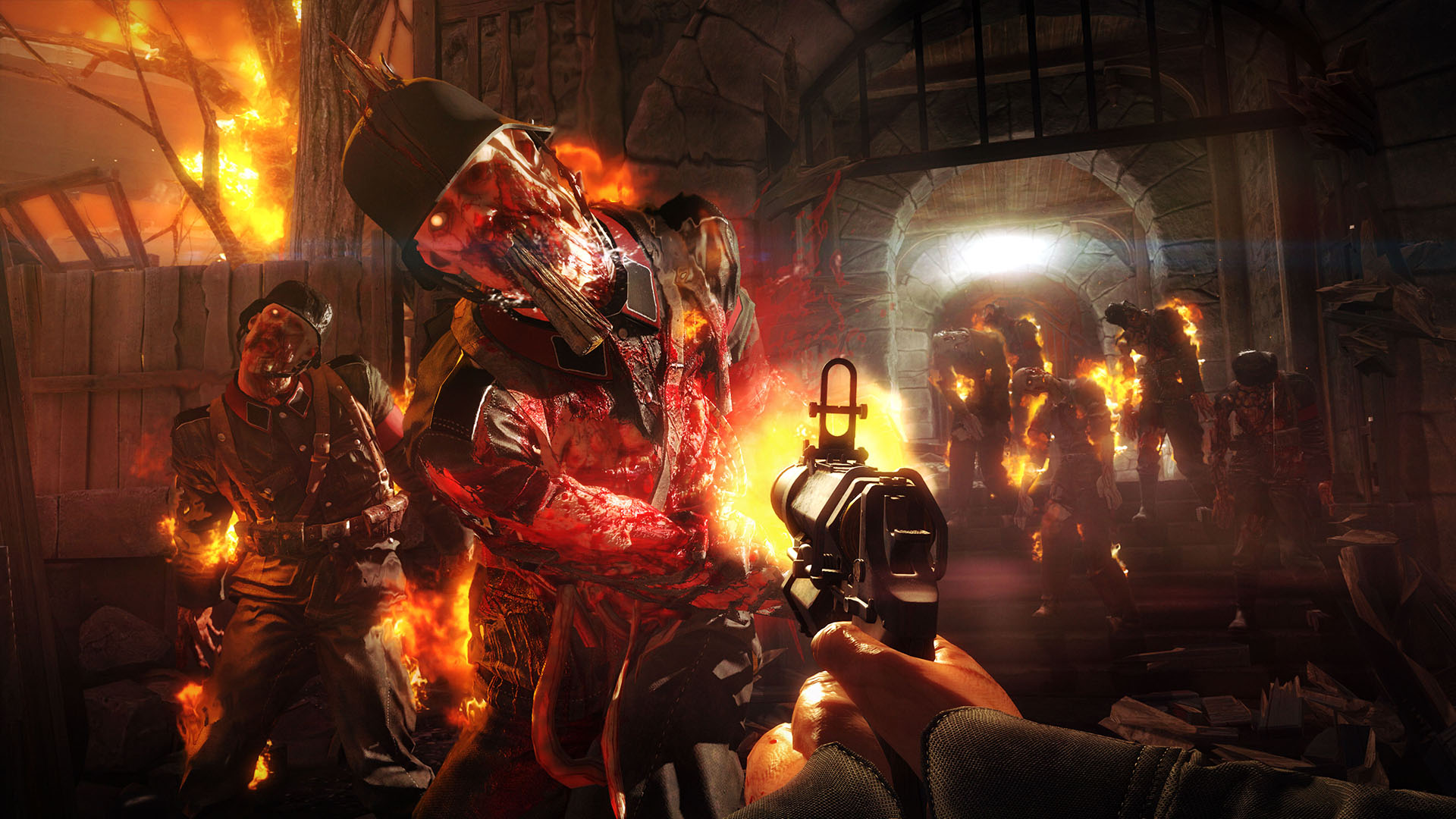 Wolfenstein: The Old Blood Walkthrough, Collectibles, Tips, and Tricks
Wolfenstein: The Old Blood Walkthrough, Collectibles, Tips, and Tricks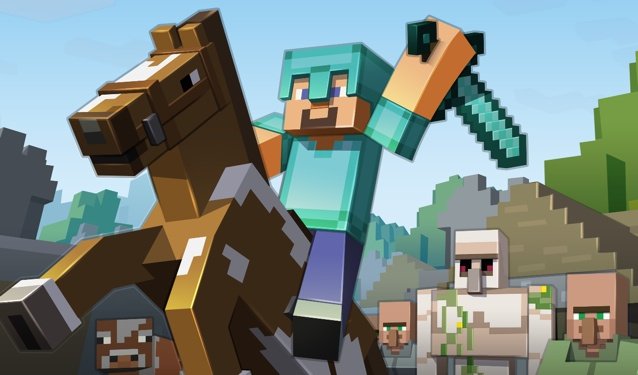 Best Minecraft 1.6 Seeds List
Best Minecraft 1.6 Seeds List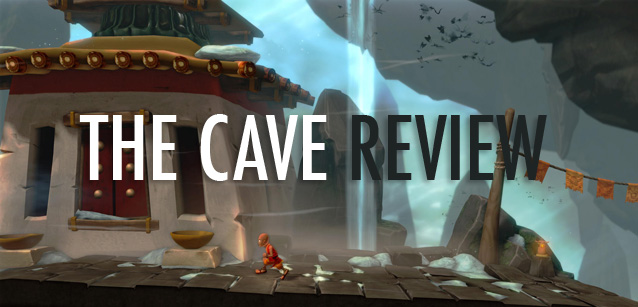 The Cave Review
The Cave Review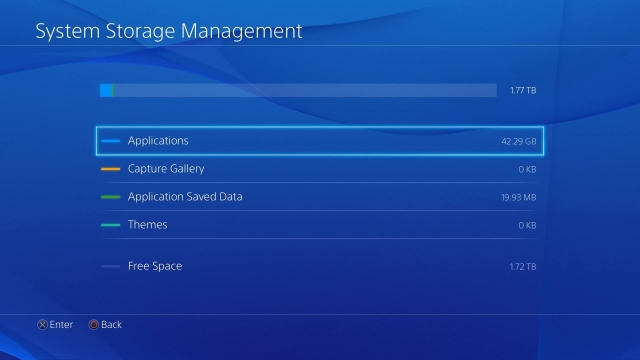 Big Changes Are Here In The League Of Legends Summoner's Rift Update
Big Changes Are Here In The League Of Legends Summoner's Rift Update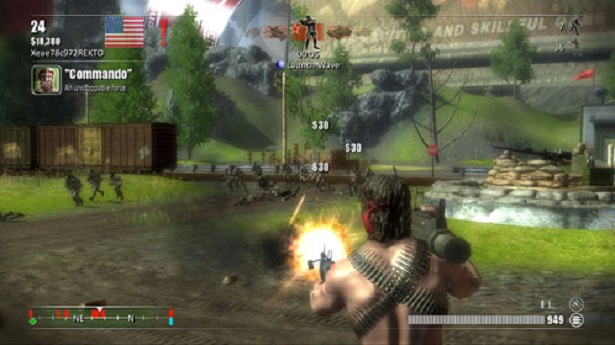 Toy Soldiers: Cold War Walkthrough
Toy Soldiers: Cold War Walkthrough